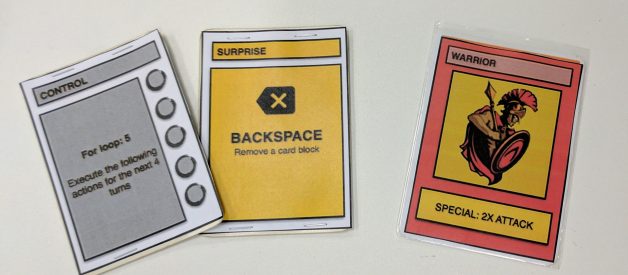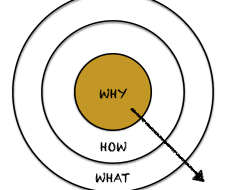A lot of people who heard of (or played) Potato Pirates wanted to know why, and how we developed the game. So we decided to write this article on how we created the game and also share with you resources you can tap on to create your very own card game. (To find out why we created Potato Pirates, check this out).
The Early Ages
When we first conceived the idea of Potato Pirates, we wanted to use card games as a social medium to bring kids and parents, students and teachers, beginners and experts together so that they can have fun while learning something meaningful ? programming.
We listed down the concepts that we wanted people to learn: conditionals, loops, variables and sequential logic. This was our first prototype:
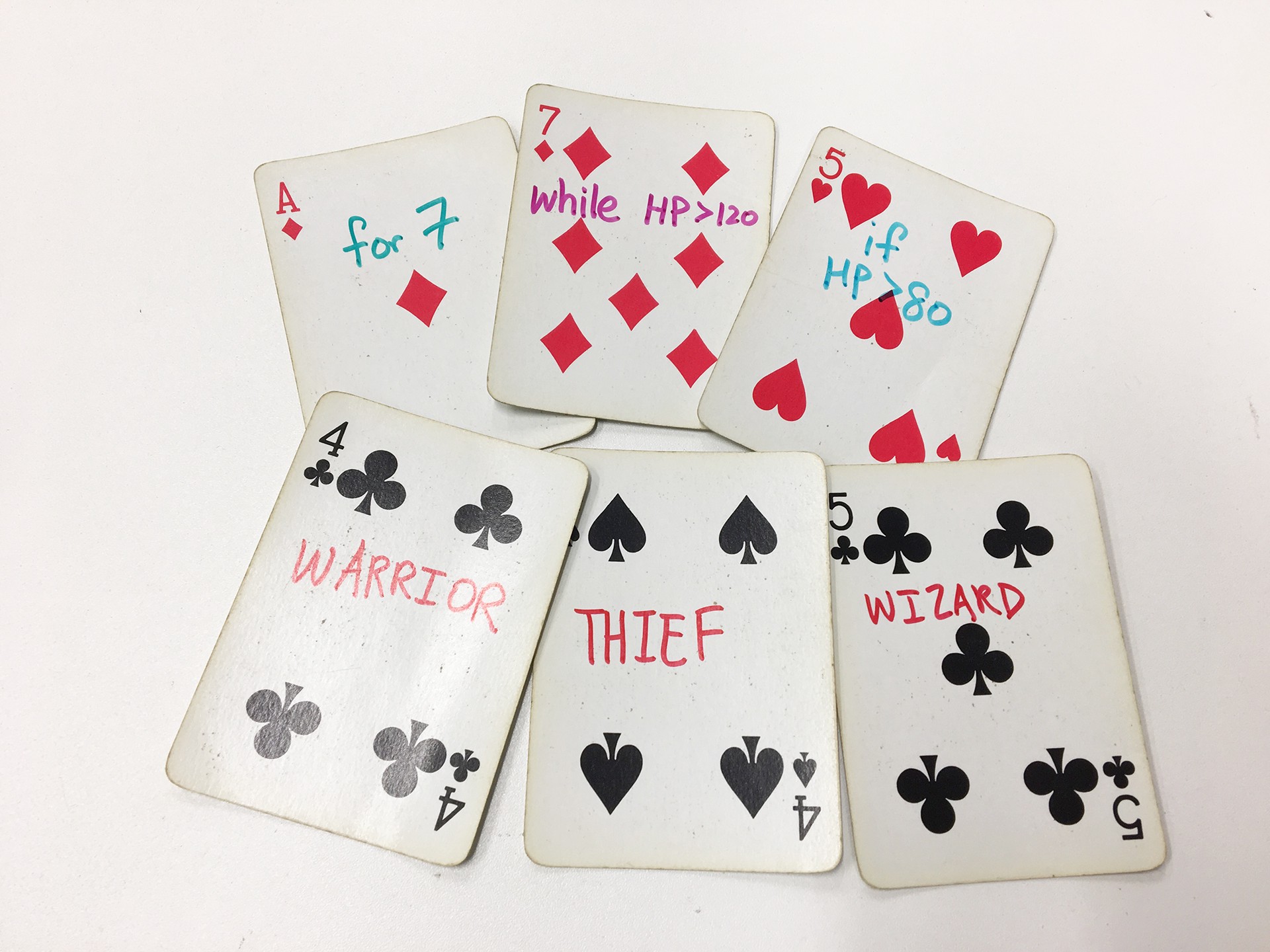
Poker cards scribbled with words; crushed pieces of scrap paper as HP counters. Within 45 minutes, we began play-testing our game. The mechanics were simple. You can attack other players using attack cards. Using coding cards like ?for?, ?while? and ?if-else? enabled use of your attack cards multiple times. The objective is to destroy the altar which has a variable health.
In this 3-hour rapid prototyping session, we managed to figure out the upper and lower bounds of the starting health of each player, the variation of each card type (e.g. for 2 times, for 10 times) and what are the actions that each player can take during a turn. The coding mechanics felt right, but there was more to making a card game than we realized.
Game worldWhat is the story? What is the objective? Who are the characters? What are their abilities? How do you link the cards to the theme of your game?
Artwork & ProductionIf you cannot draw, can you still design a card game? Is it possible to outsource? What is a reliable source? Where or how can you prototype your card designs game and at a cheap price?
Game mechanicsTo what extent is the game dependent on luck? How do players win? What actions can players take? Are there opportunity costs for every action? How do players interact with one another?
Be Original
One might think that by simply throwing in characters, like warriors and wizards, you could get a successful product ? NO. We did that and it was sh*t.
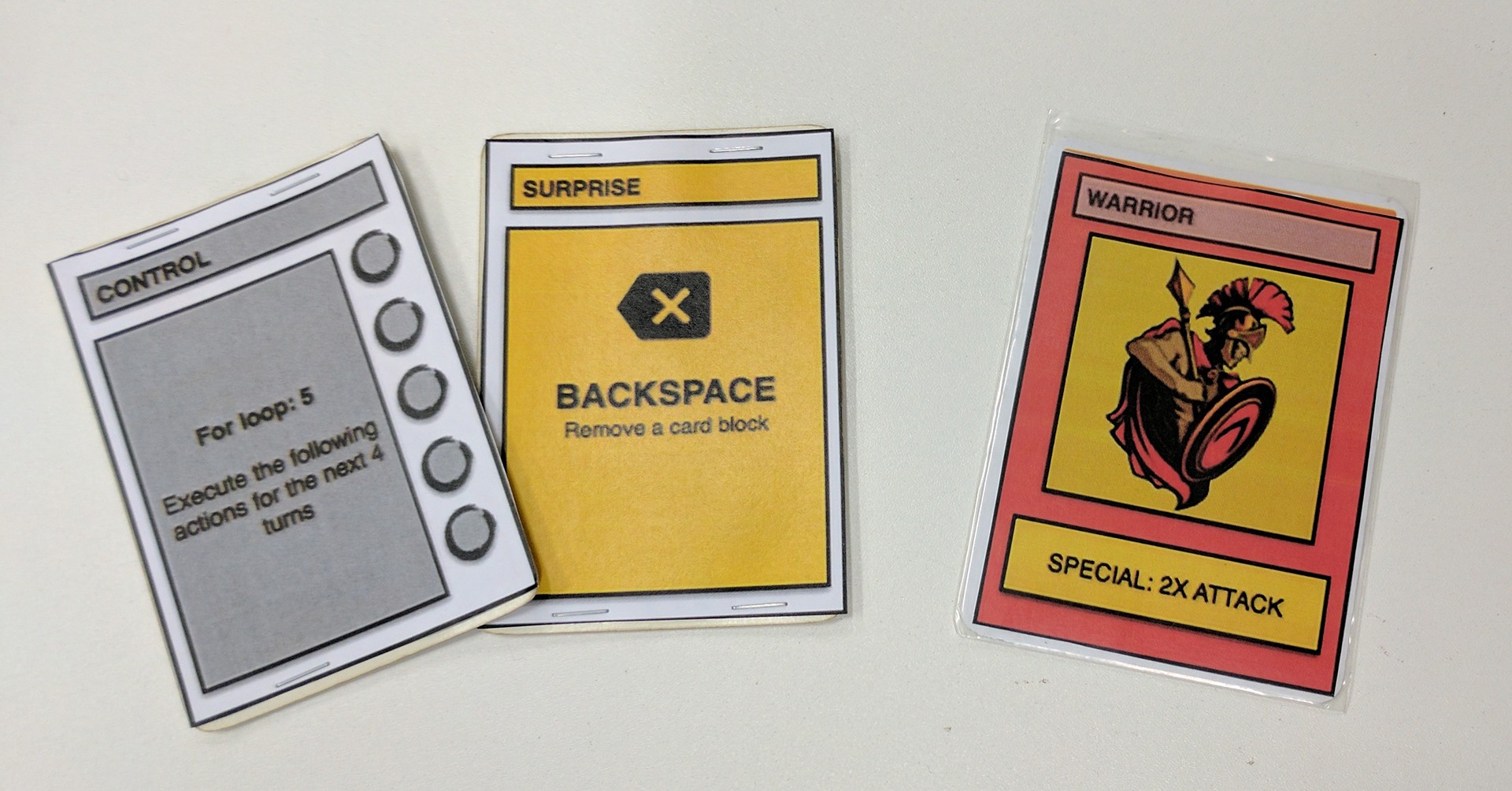 FYI: Don?t staple the game cutouts to your poker cards. Use card sleeves instead. It is easier to shuffle.
FYI: Don?t staple the game cutouts to your poker cards. Use card sleeves instead. It is easier to shuffle.
We needed characters that were original and memorable. Hence, the Potato Pirates were born.
How to come up with divergent ideas for your game world: We used this design method called Collaborative Sketching. 1. Grab 5 people.2. Give each person a unique marker color and a piece of blank paper3. Each person will take 15 minutes to draw 3 different ideas on their paper4. When the time is up, pass your paper to the next person5. Take 5 minutes to build upon the previous person?s ideas6. Repeat steps 4 & 5 by passing the paper clockwise until you get back your own.7. Review and synthesize the ideas*Everyone should remain silent from steps 1 to 6*Try to sketch and refrain from using too much text
By using sketches, this activity unlocks your imagination and at the same time, forces you to interpret and build upon the vague drawings from your team members. Silence is golden; it defers judgement of ideas, letting everyone express themselves freely. Ideas are fragile ? let them grow before trampling on them.

With this design method, the first Potato Pirates were born!
We suck at drawing.
Let?s admit it. Some of these potatoes look like peanuts or burnt bread. They were good enough for testing, but too crappy to be shipped as a proper card game.
So what do you do if you can?t draw?
Fiverr. And this is what we got.
 3 Different Fiverr Artists
3 Different Fiverr Artists
Cool huh? For 3 hours of browsing and $30, this was time and money well spent. The Potato Pirates artwork got a major upgrade and we were convinced that Fiverr was the way to go. It was a tough choice between the 2nd and 3rd artists, so we asked them to draw 30 more characters and eventually went with the 3rd artist. That?s it, a quick hack for your artwork.
How to outsource the artwork for your card game:Get on Fiverr, there are tons of talented graphic artists there (we are not associated to Fiverr in any way)1. Prepare a design brief. This was ours: Draw a potato that looks like a pirate. It needs to have a pirate hat and a hook.Have a bit of detail, but give the artists creative freedom and you will be surprised.2. Shortlist a few graphic designers. Try referring to which of their artwork appealed to you. E.g. Can you draw a Potato Pirate in the style where you drew the wizard with the hat? Some artists can have multiple styles.3. Ask about their charges. You have to pay a premium for commercial rights of the graphics. If you do bulk purchases, usually they will do a lump sum discount for the commercial rights costs, so don?t be put off by the price of each individual piece of art.4. Describe in detail the important things you want to see in each graphic (max 2 or 3). We had our crappy potato graphics for the artists to refer to so they had a rough idea. The point is: Be visual when conveying your ideas to the artist. Don?t expect the artist to read your mind. Different people will interpret texts differently; Chinese noodles are very different from Italian spaghetti. Don?t let the artist start from zero; give them something concrete to work with or else you are just wasting your money.5. To deal with the uncertainty, get artists to show you their rough sketches before they refine the lines and color it. They will be more willing to edit the design during the sketching phase. It is more difficult to edit once they have refined the line work and colored the graphics; editing something in those final stages is almost no different from starting from zero.6. Please don?t be an a**hole and ask for unlimited edits.

Here are the Potato Pirates, all grown up!
For prototyping, Print & Play was good for both box and cards. We are still in the midst of doing our production. We will share an article on how to manufacture your game when we have actually done it!
Having said that, DON?T settle with Fiverr!
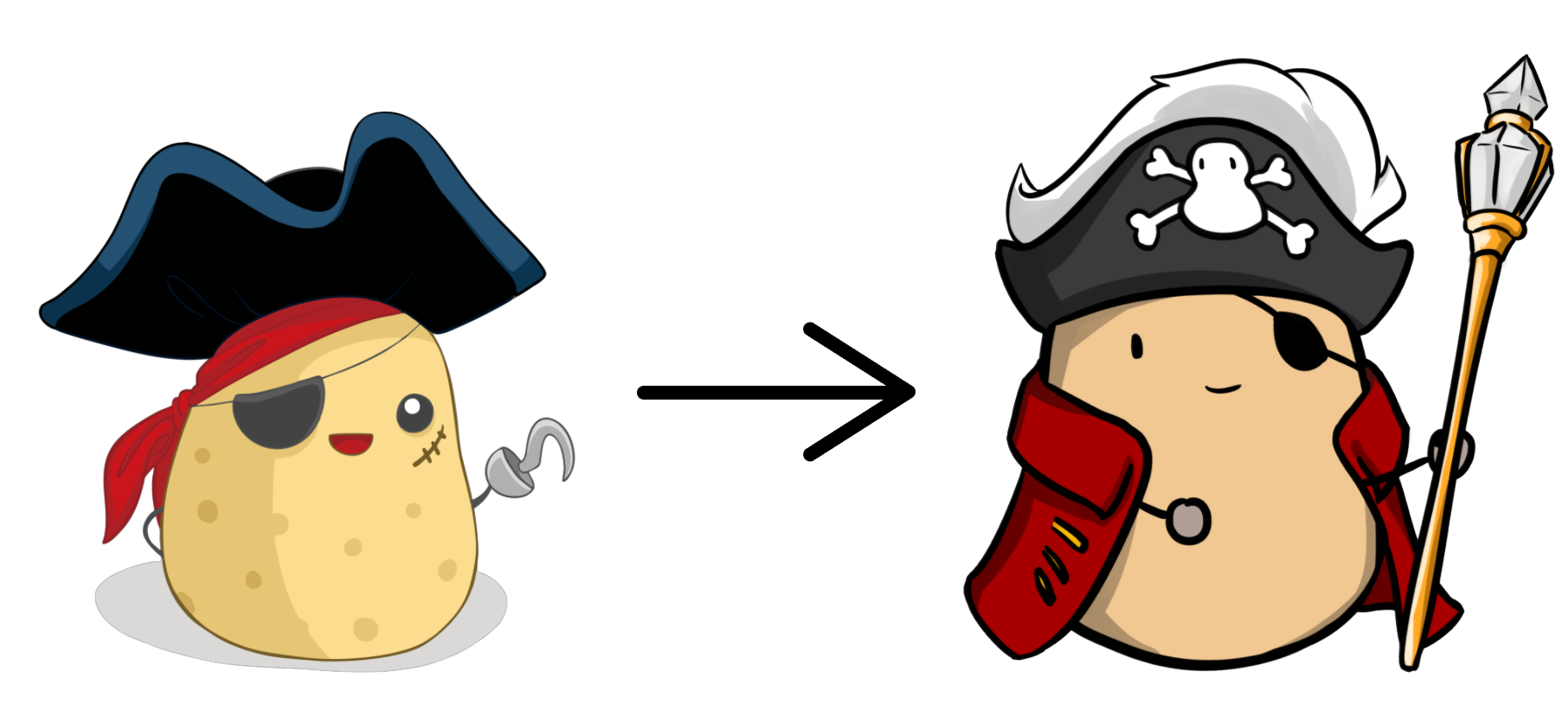
Once the game mechanics are more or less settled, we wanted more creative control over the artwork and develop the different characters in the game. For this, we had to bring the Potato Pirates design in-house and meticulously craft out the personality of each character. Using these characters stories we even spun off a comic strip for these sea spuds! Remember, the key lesson here is: Don?t settle.
Test! Test! Test!
We are making a card game, not a plush toy. No matter how cute the graphics is, if the game is not fun, it will fail. Now that we have a presentable aesthetic, we tested with people from all walks of life.
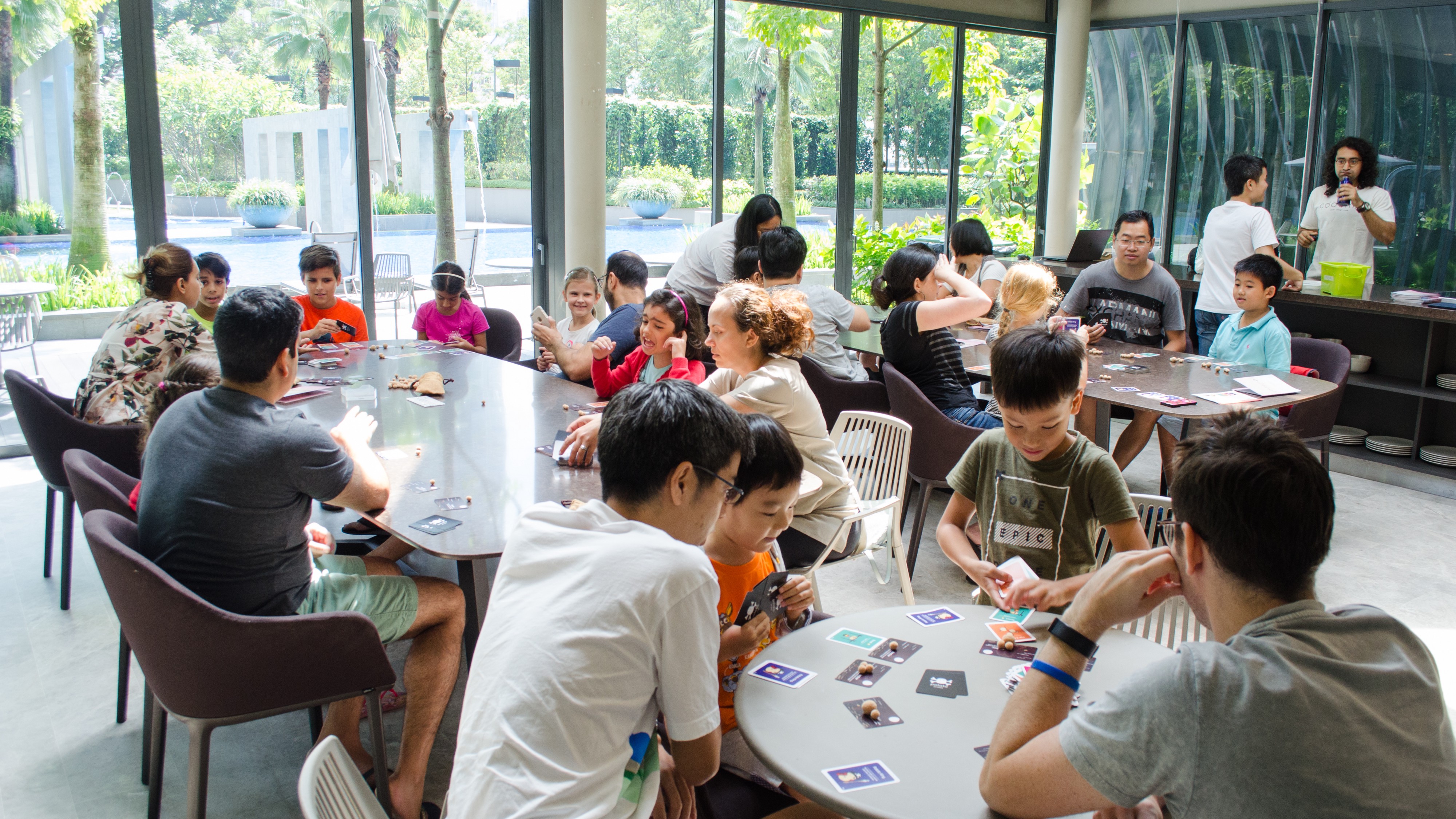
Start your game testing early.
Test with different age groups, different professions, different number of players, different card sizes, different card count, different card types, different winning conditions.
We are at version 37 of Potato Pirates now and we are still testing.
How to test and improve your game:(We will be as general as possible to make it applicable to most card games)1. Focus on who you are designing for. Initially, the game included concepts such as classes and inheritance. It made the rules too cryptic for kids, and we revamped the gameplay entirely. Now, it is leaning towards a functional programming approach. Besides kids, the accuracy of the concepts also appealed to our other target audience: parents, educators and geeks. Remember: you can test with anyone, but pay more attention to the feedback from the people that you are targeting.2. Card balancing. Strike a good balance on the number of cards in a deck and the ability of each card type. Think about the worst-case scenarios: What is the probability that a player will be out of the game in the first round? We had a lot of one-hit KO combos, which we eventually nerfed so that everyone could enjoy the game. Moreover, the more players that stay in the game, the more interesting the dynamics would be. Use a spreadsheet (we recommend using Airtable); map out the probability of drawing each card. Vary the probability table based on number of players. I hope you remember your conditional probabilities from Math Class!3. Playing a turn. What are the phases of a turn? What is a player?s decision tree? Does everyone play a turn together? Will a player?s action prevent another player from executing an action? Keep track of each player?s hand on each turn and what action they took. Review the data over a few games to see if there is a dominant strategy. Oftentimes, our judgement might be clouded when we are on the losing end, and we might be quick to eliminate cards that appear overpowered but are in fact well-balanced.4. Game-Ending Condition. Are you creating a Monopoly game that goes on forever or a game with a well-defined ending condition like Exploding Kittens? Are there multiple game-ending conditions? Track how long each game lasts and how many players are in the game. Think of ways to accelerate the game when more and more players are out (so that they don?t have to wait too long for the next game). Most importantly, link the game ending-conclusion back to the theme of the game.

Once a Potato Pirate collects all the Potato King cards, he gains the King?s fortune and wins the game!
Best of luck for your card game!
Over an entire year, we have tested Potato Pirates with preschoolers, educators, families, professional poker players, computer science students, advertisers ? basically people from myriad backgrounds.
Through these test sessions, our design evolved from a highly technical coding card game to a game that has a good balance of excitement, strategy and meaningful coding concepts. Our Potato Pirates also grew from weird peanut-potato hybrids to so-adorable-I-want-to-squeeze-them potatoes.
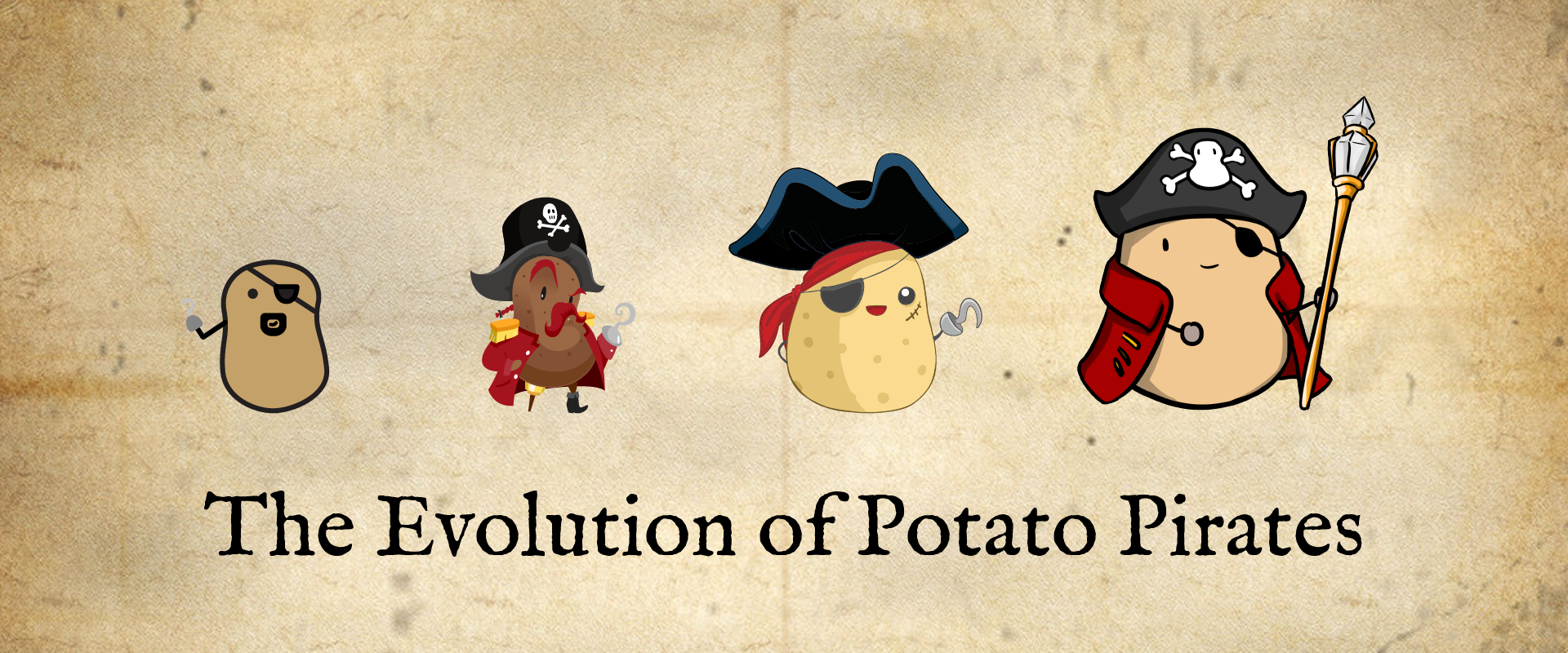
 Yes! We even made a plushie of Potato King!
Yes! We even made a plushie of Potato King!
Our Potato Pirates coding card game was launched successfully on Kickstarter and was funded more than 1700%, all thanks to this method of iterative ideation and testing.

P.S. After the overwhelming response by gamers, educators, and parents, we see that there is a real need to gamify obscure concepts and transform the learning experience of cryptic topics. Hence the Potato Pirates sailed on to another epic adventure?
Enter the Spudnet
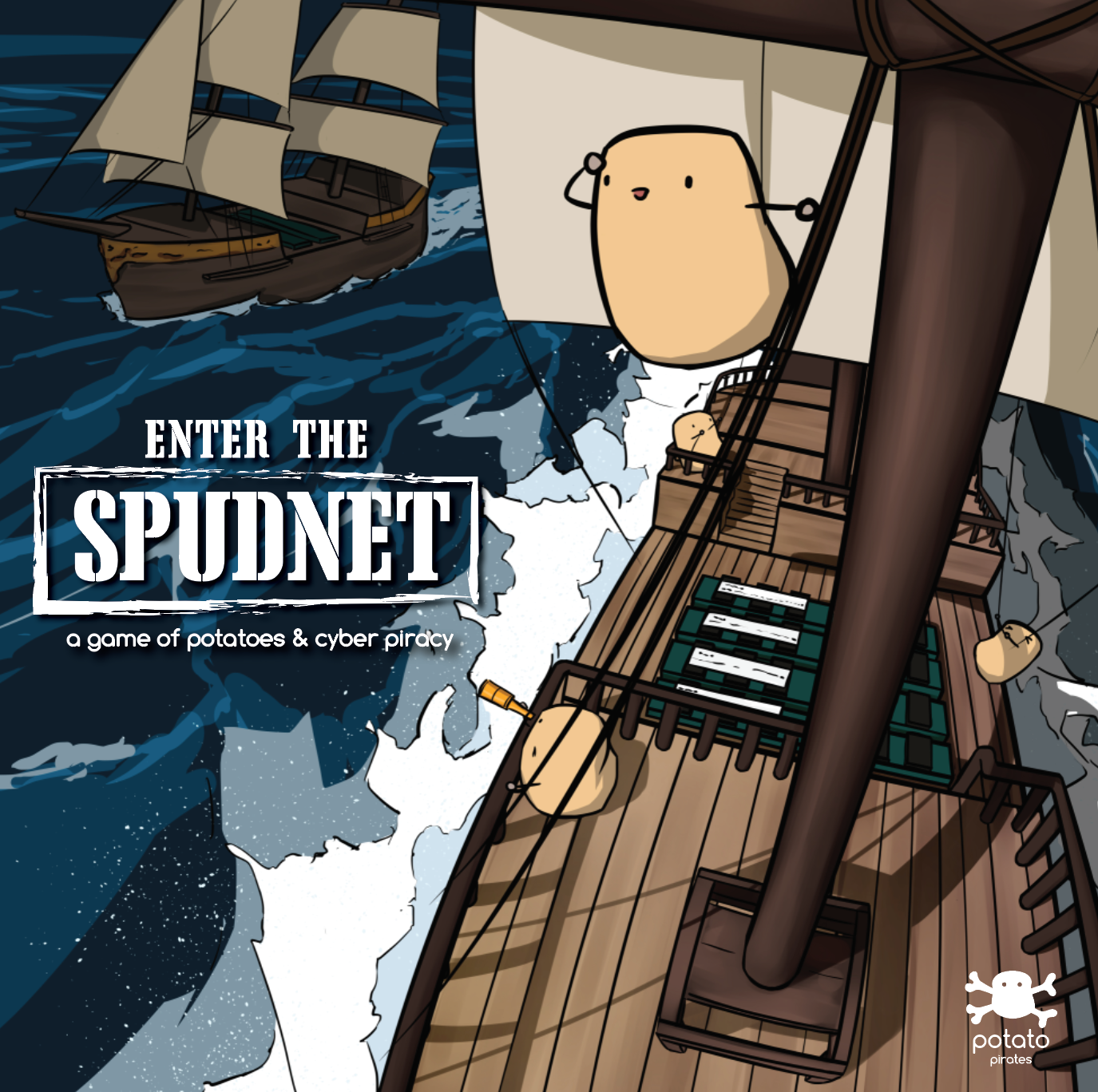
It is a board game inspired by how the Internet works. Dispatch ships, fulfill orders and dodge cyber-attacks while learning a thing or two about network and cybersecurity. Now live on Kickstarter!
We have also documented our development journey for creating this new board game. Check out our latest ?How to design and create a board game? article which is a continuation of this writeup and is packed with new tips and tricks that we have learned along the way.
